why so tiny?
This post is about a visit to the Banya Bashi Mosque and the Church of Saint George in Sofia. Both of them are very small.
My friends came to take me out to lunch and show me around Sofia. There were quite a few shops and restaurants with Arabic-looking names in the city center. We ended up going to an Afghan restaurant where I finally got the thing that I had been looking for in Plovdiv: plov.
It was good.
I wondered if the shops and restaurants were operated by people who had come here as refugees. I also wondered if they were part of a “success story”, something to offset the disturbing things that I had heard of in the refugee camp in Harmanli two months earlier. But I didn’t ask.
the tiny mosque
When we arrived at the Banya Bashi Mosque I was so surprised that I almost laughed out loud: why was it so small? It was very pretty, but its scale was that of a village mosque – in fact I had seen village mosques that looked bigger than this one.
My friends and Wikipedia helped me understand. The Banya Bashi Mosque was built in 1566 by none other than our old friend Sinan, the Ottoman master architect. And at that point in time, Sofia had been relatively small and unimportant. Hence the size: small town, small congregation, small mosque.
We walked around the city for a while after this. There were antique ruins from a time when Sofia was still called Serdica, and there were huge Stalinist buildings that dominated the center of the city.
the tiny church
In the courtyard of one of them there was a small church called the Church of Saint George. It was from the 4th century, and it had been originally conceived as a Roman bath. Later, in Byzantine times, it had become a church, and during the Ottoman rule it had been converted to a mosque. Now it had become a church again, and with its dome it reminded me of the Hagia Sophia in Istanbul.
And so I wondered: did the Hagia Sophia actually remind me of an oversized Roman bath?
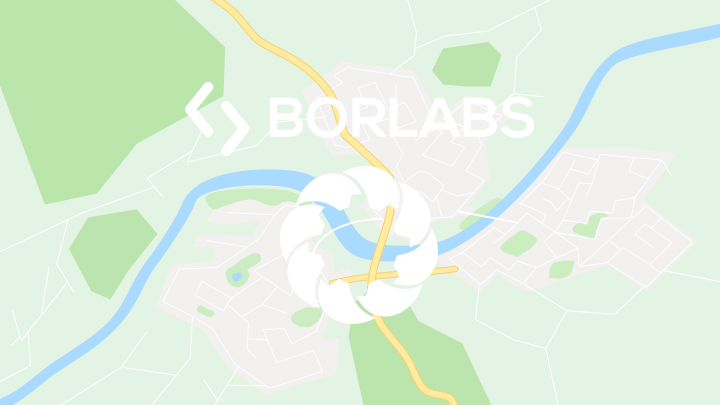
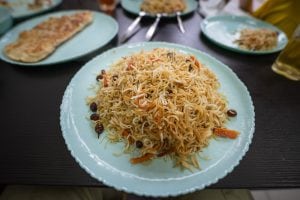
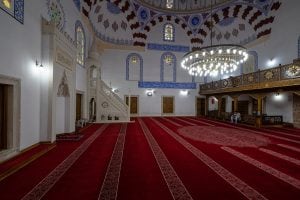
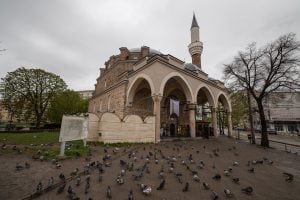
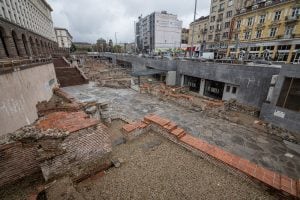

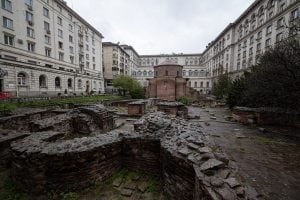
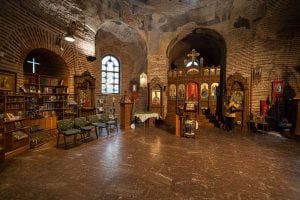
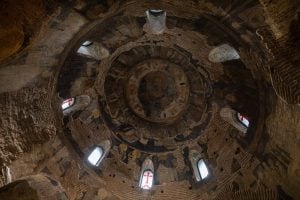
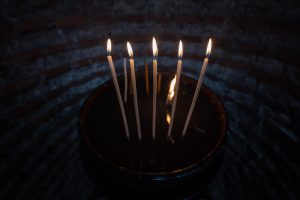
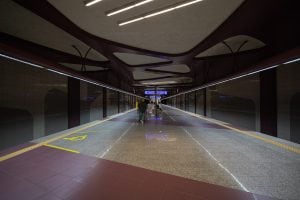

Frau Schmidt
What impressed me most in Sofia: The many book shops. The awful state of the footpaths, combined with a high density of physiotherapists. The small iron huts on stilts at the traffic light intersections, inside sat people who controlled the traffic lights. And finally the little grocery shops in cellar or souterrain rooms where you ordered from the street, through the window, and got all you needed for the evening, including the gossips.
david
这个地铁看上去还是很漂亮啊,大大小小的教堂都是给有信仰的人去的。有的地方却不能自由的忠于自己的信仰。老雷,多保重,期待你尽快走到德国。感谢你这一路带我看到了不一样的世界,也可能是我这一辈子都到不了的地方。
Dimitar
@Frau Schmidt, where did you see “The small iron huts on stilts at the traffic light intersections, inside sat people who controlled the traffic lights”?
There are just 2 of them in 2.5 million city and they are not working. Just a heritage from the past decades!
Frau Schmidt
@Dimitar, oh, I wasn’t aware there where only two! I remember them near the Boulevard Patriarch Evtimij (?). Indeed, it’s very, very long ago since I saw them in operation. I liked them so much. The operators seemed to me like powerful emperors of a small kingdom :-). I did not want to embarrass Sofia. It’s such a wonderful town.